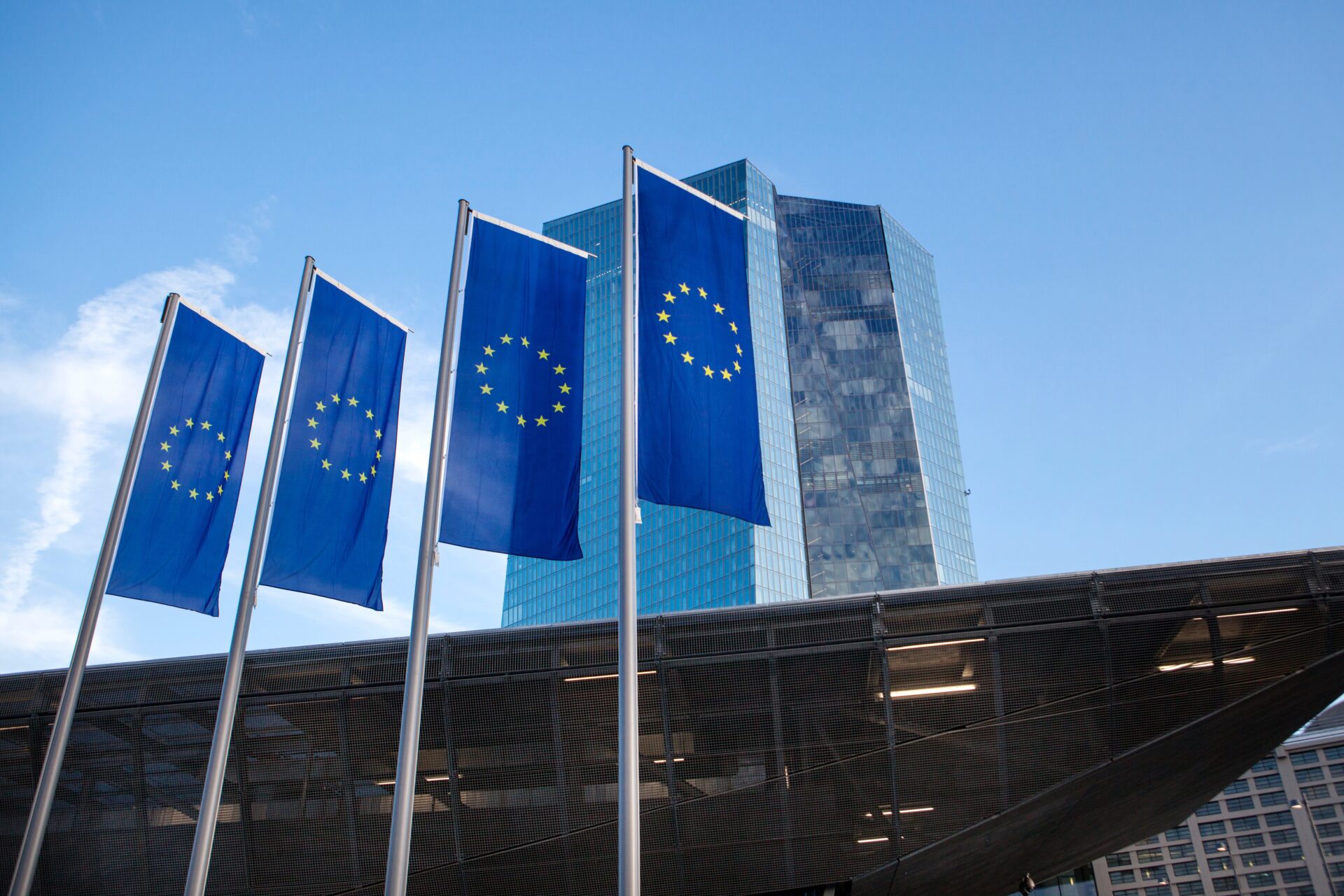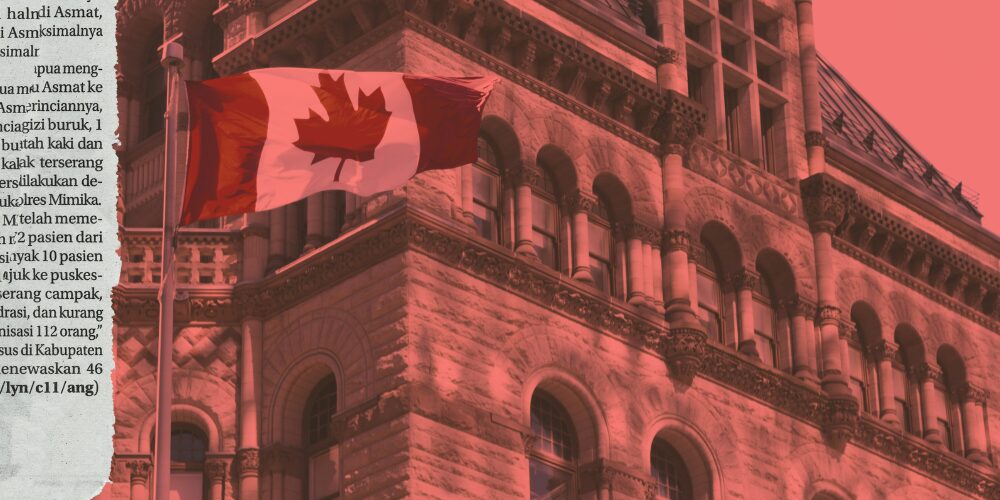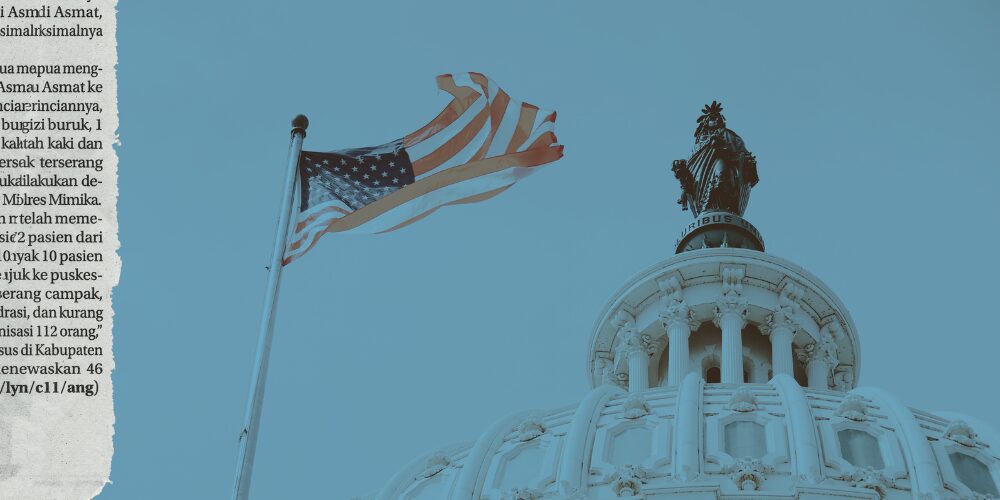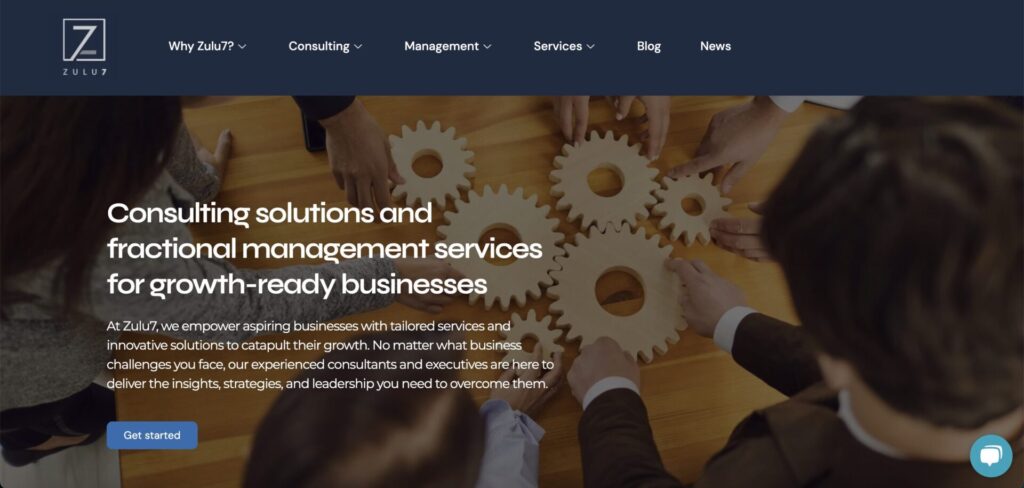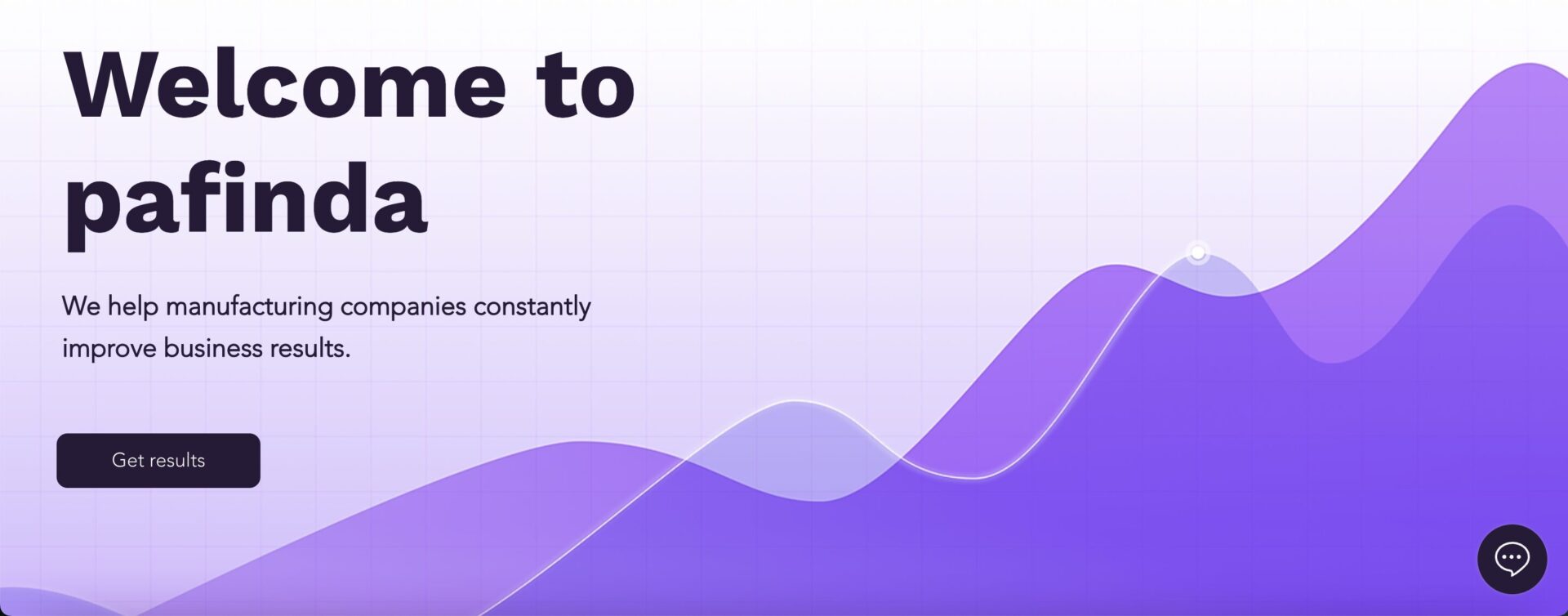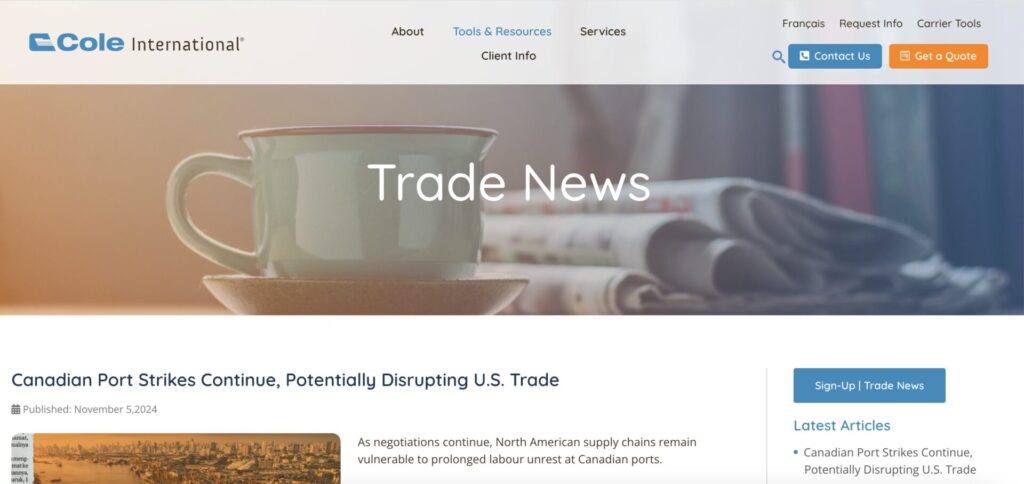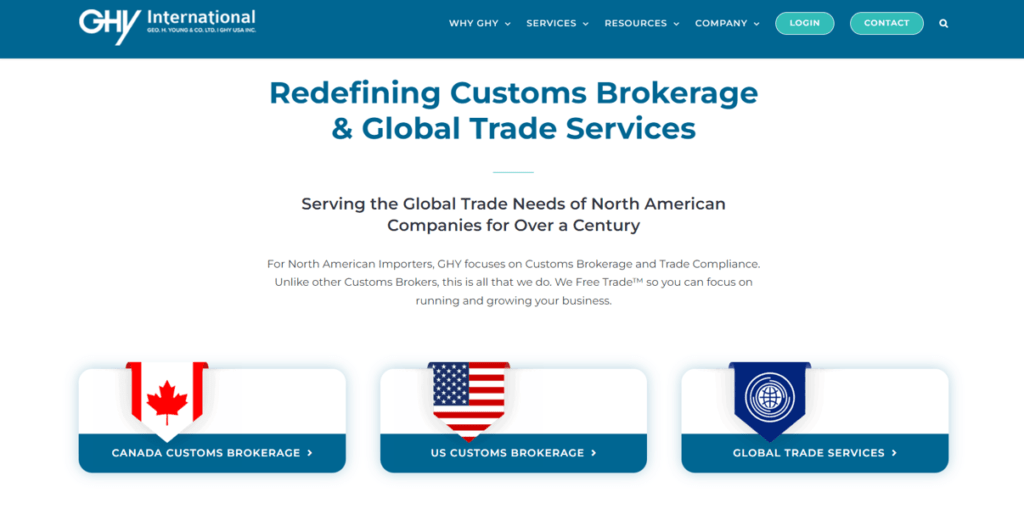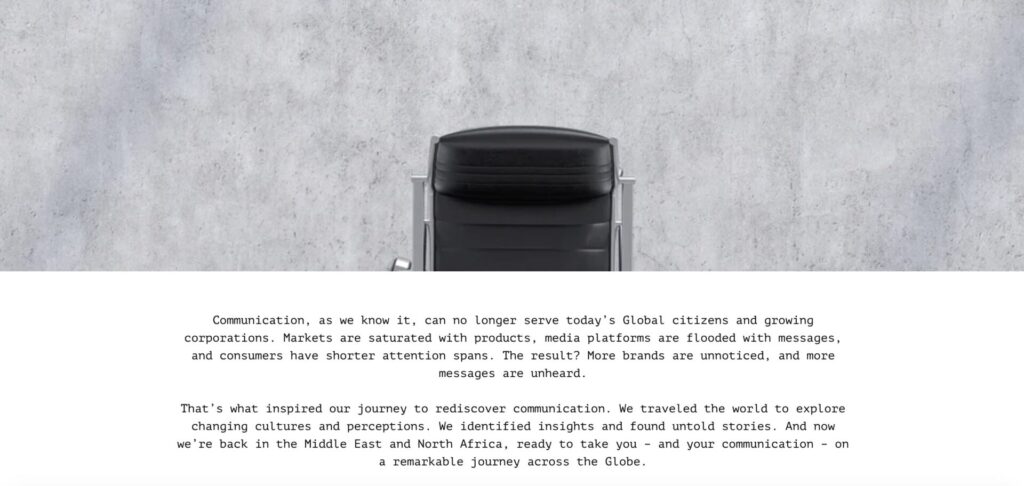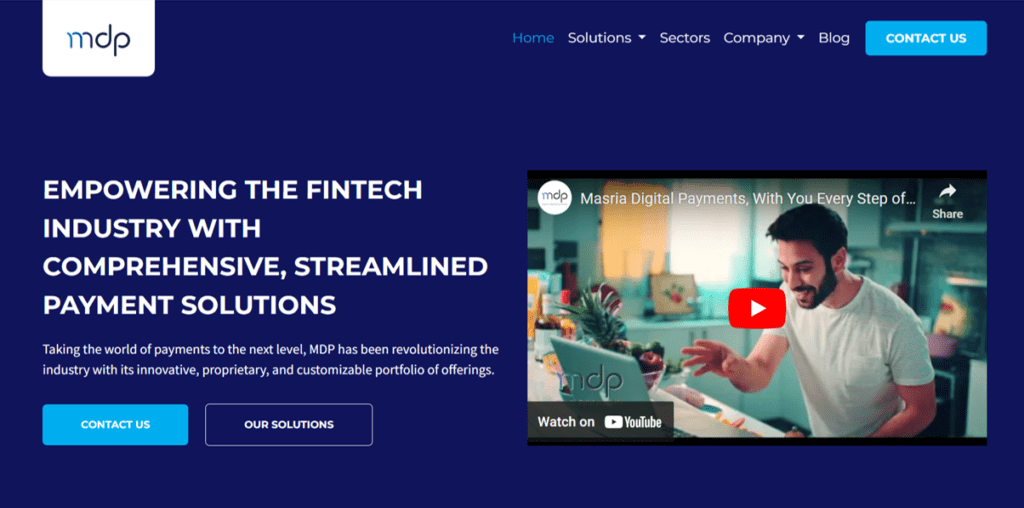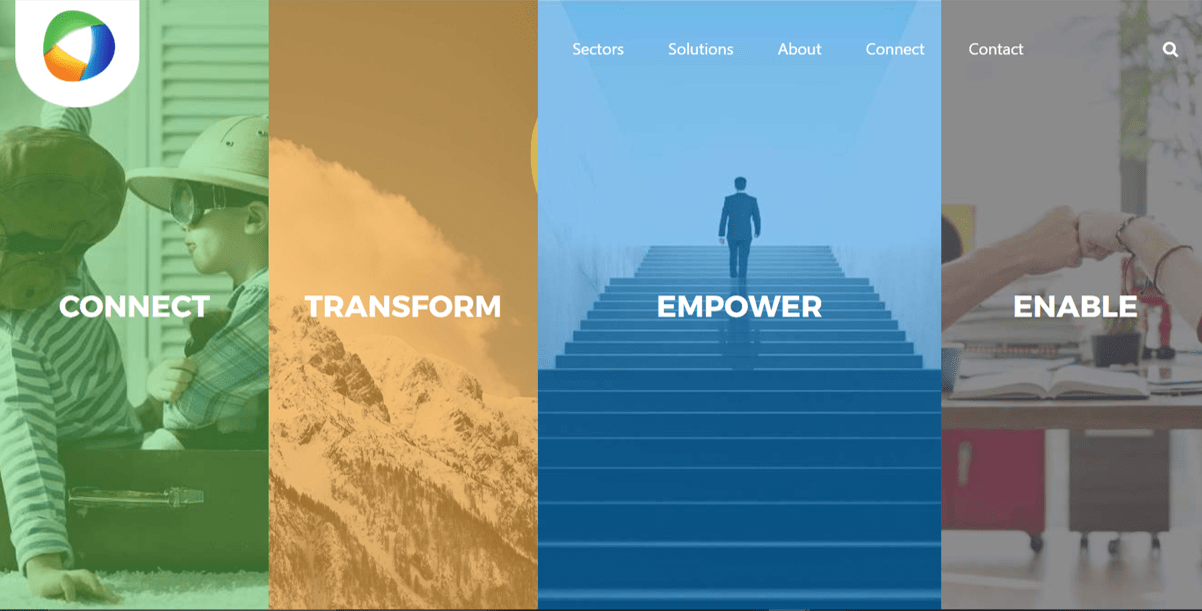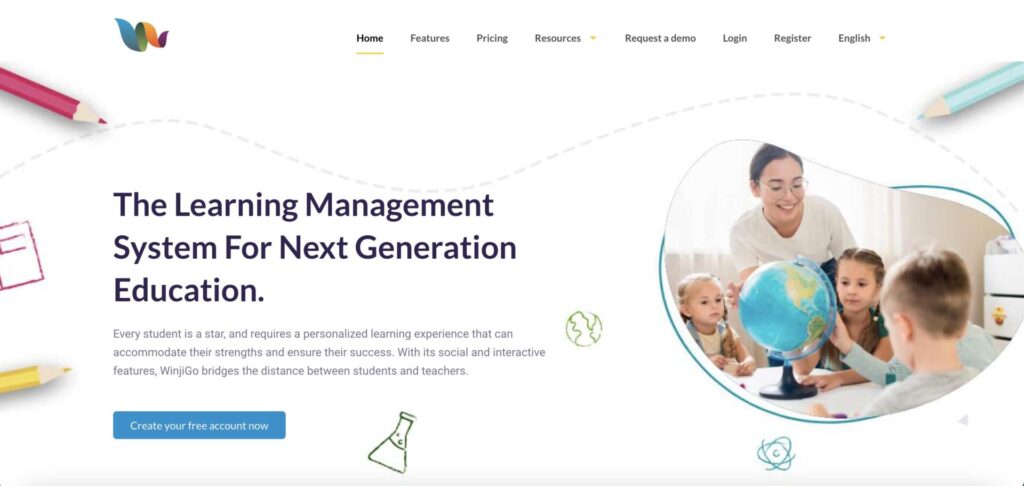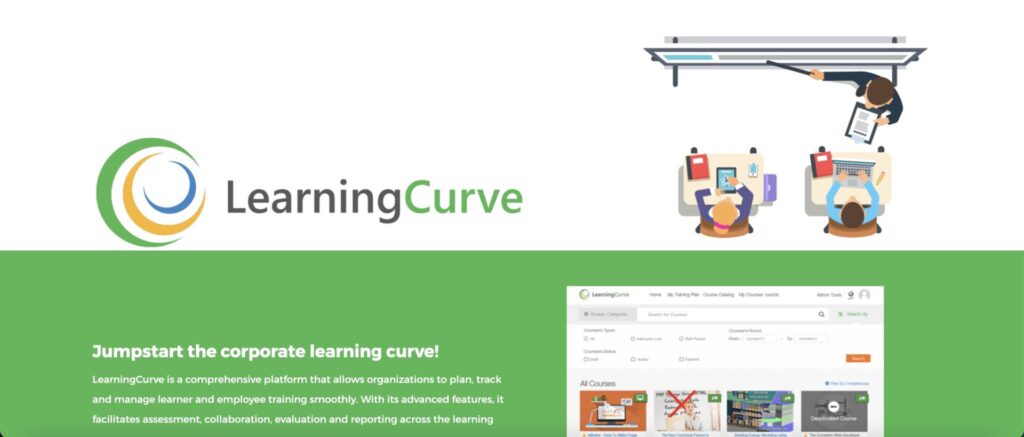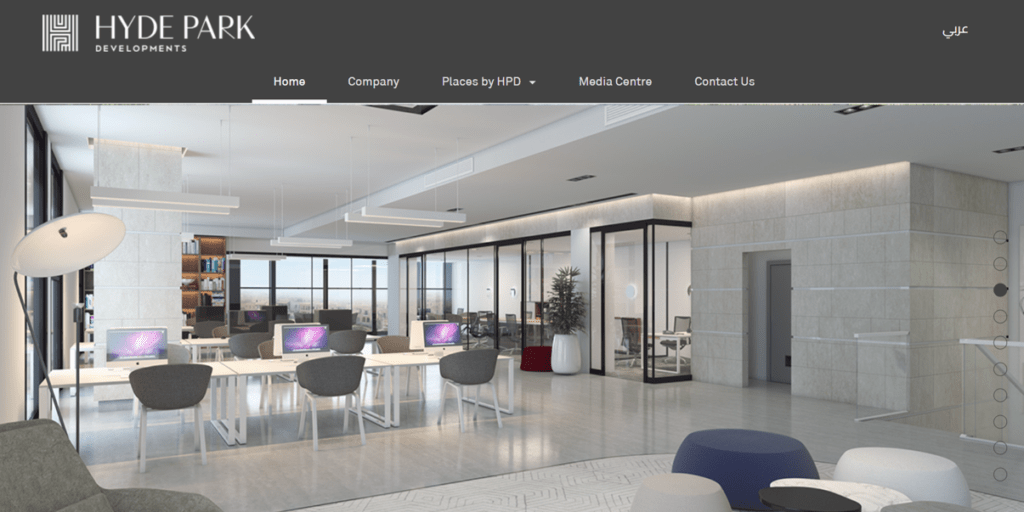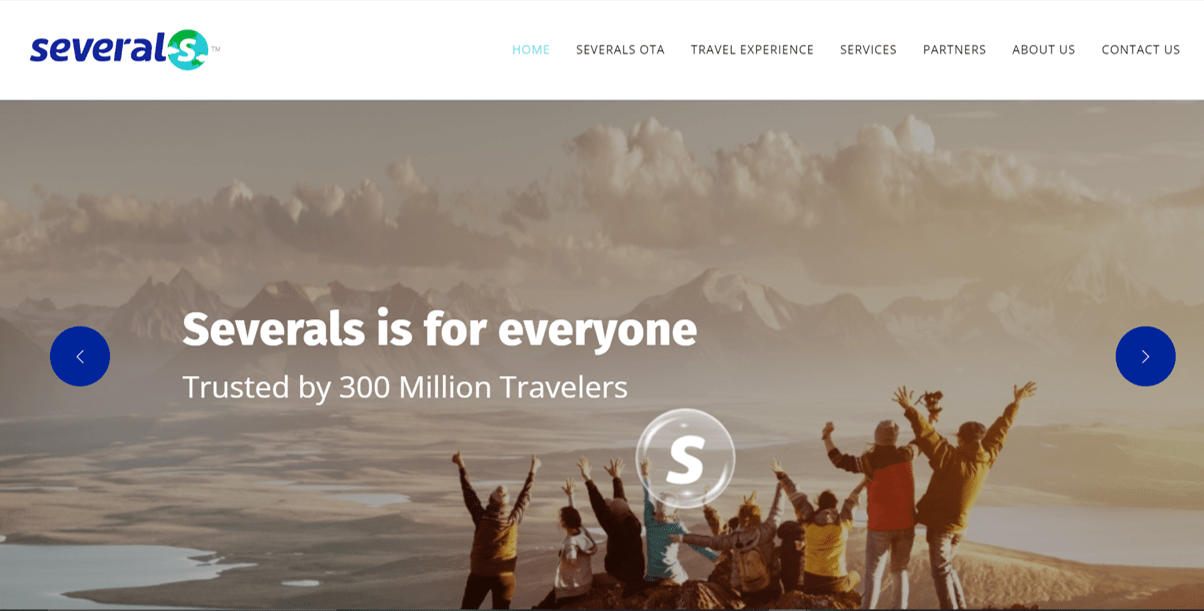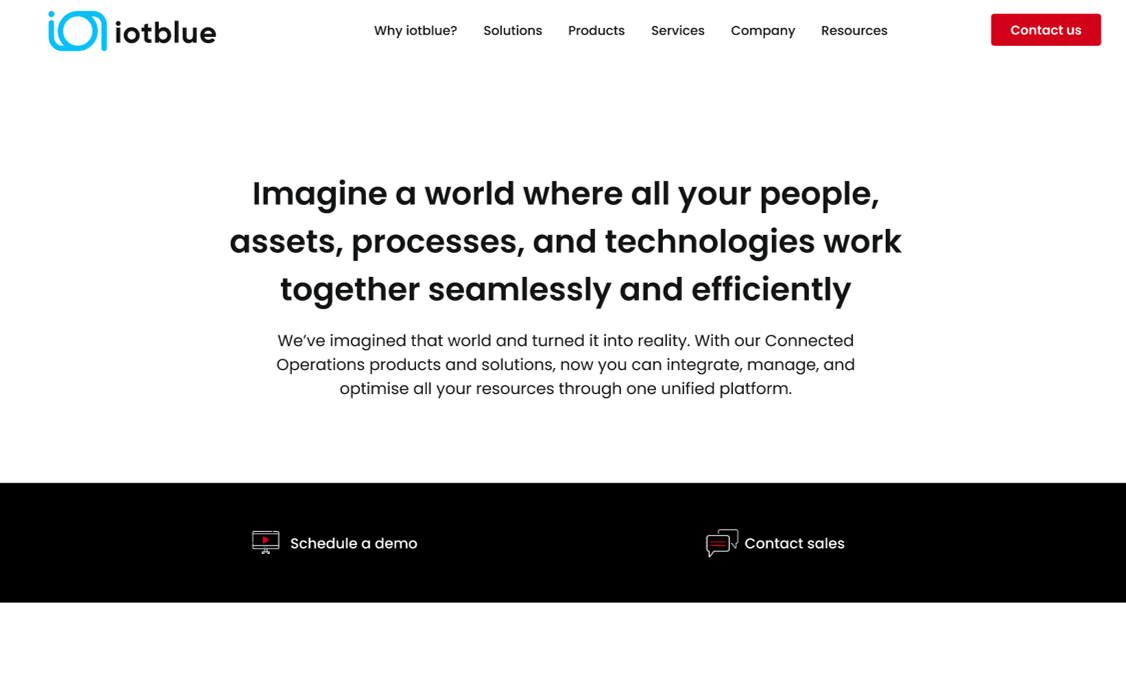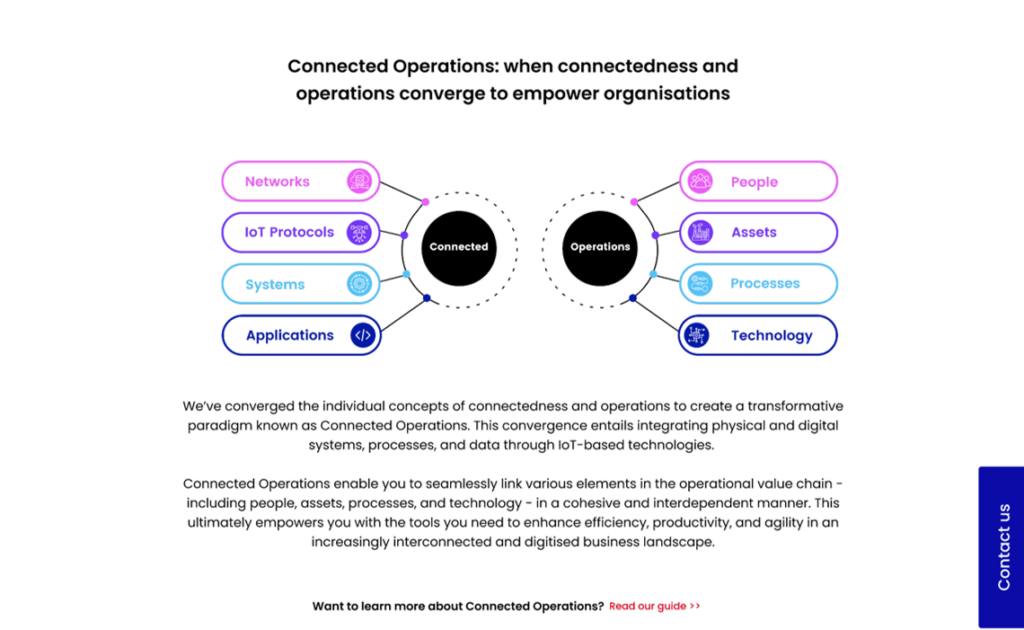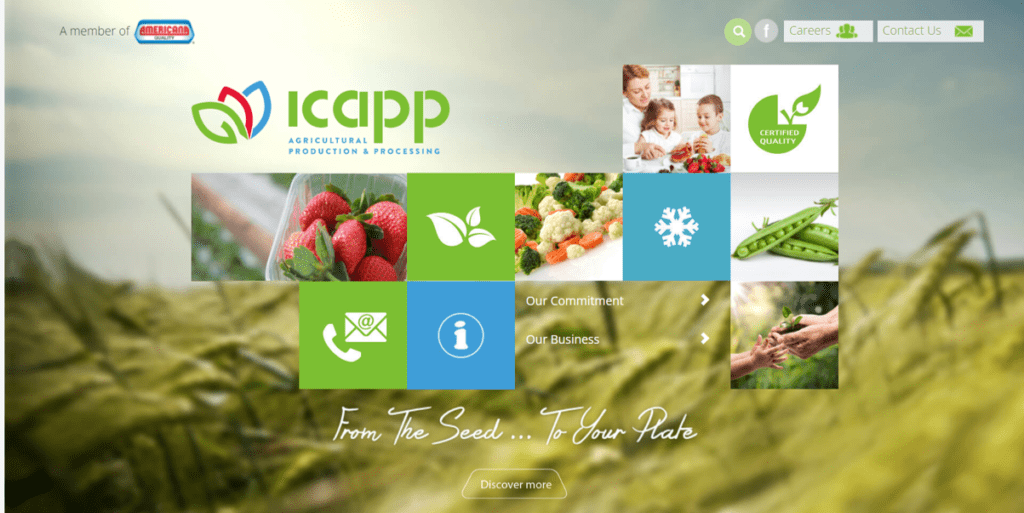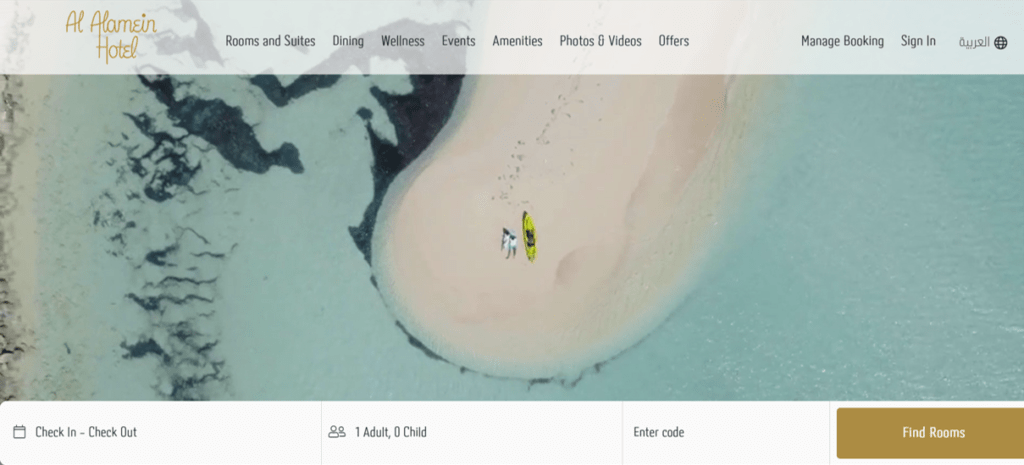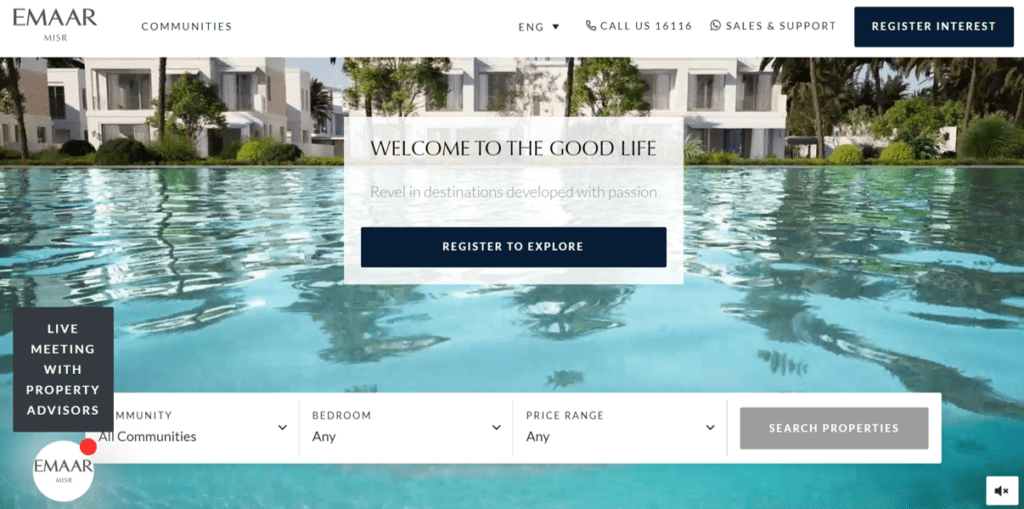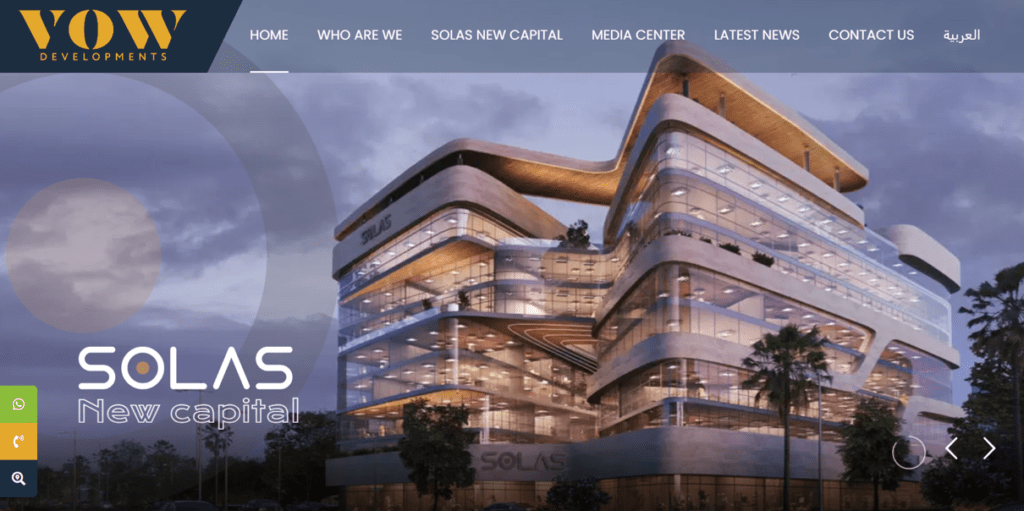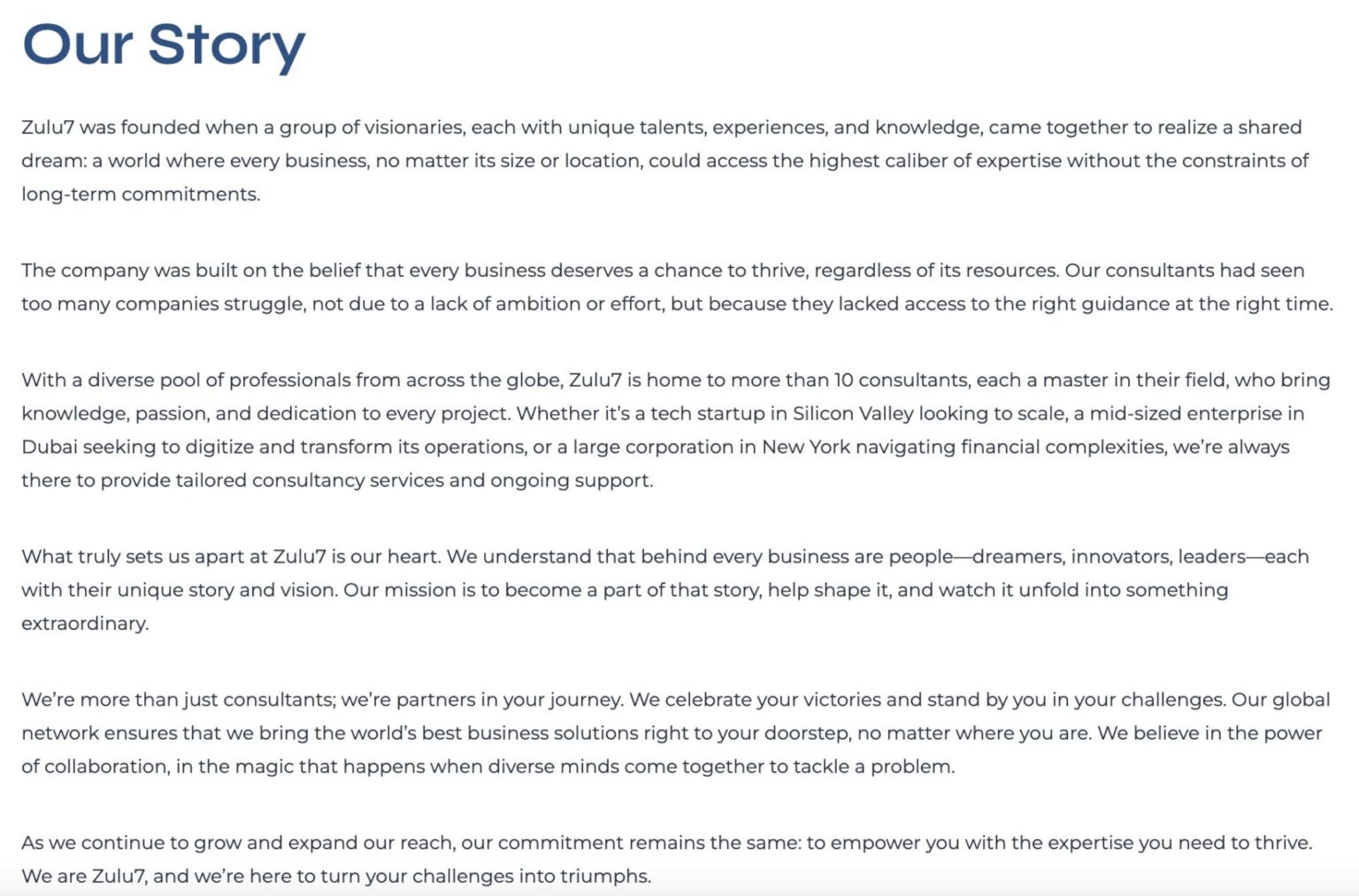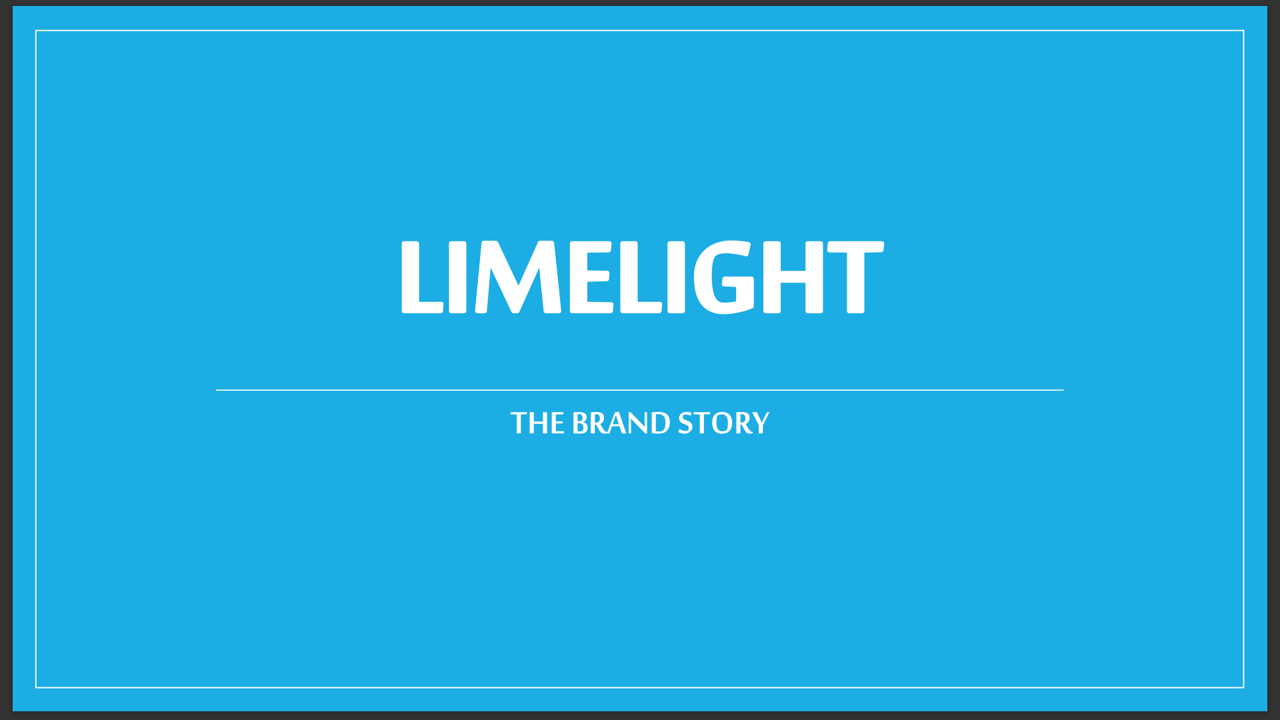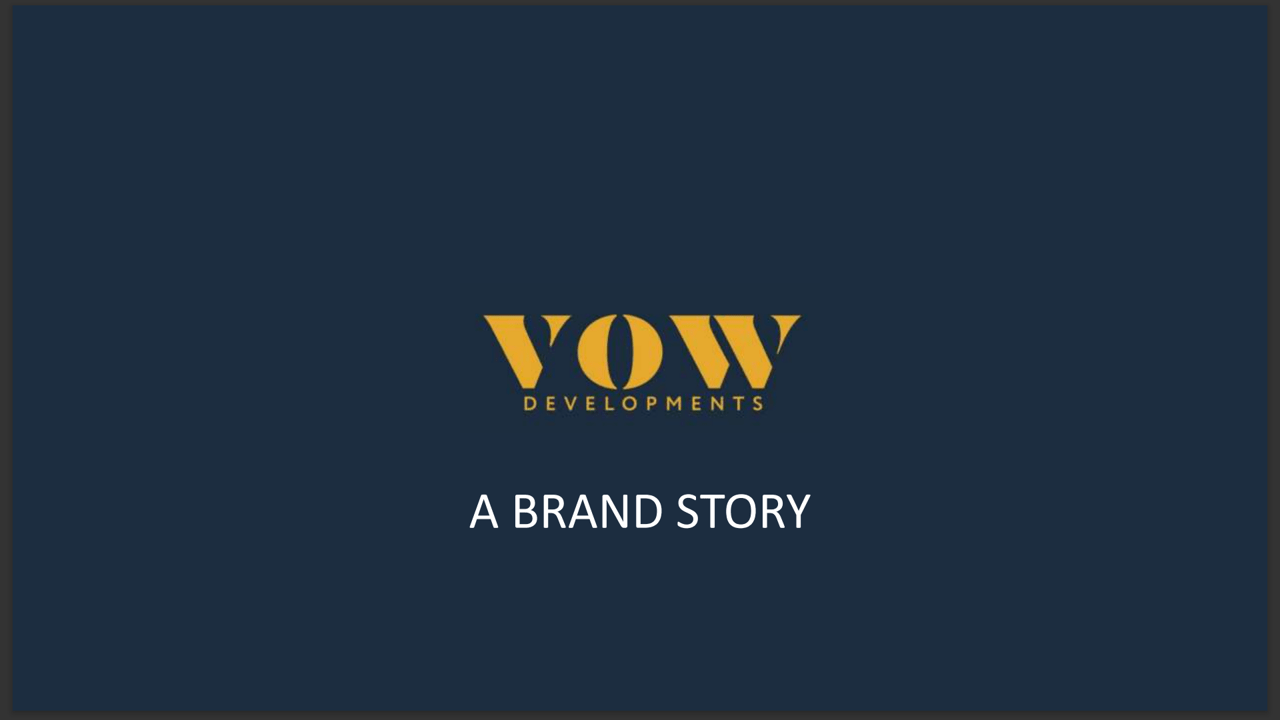Award-Winning Campaigns
- Tide’s market share increased by +2.
- The initiative drove trial by +7.
- A staggering record of 640,000 garments was collected, exceeding the initial 500,000 target.
- Tide had captured the joy of Eid, and managed to bring a smile to the faces of those less fortunate.
- HIGHEST accumulated sustained growth of 13%.
- Brand recall skyrocketed by 80% (vs. traditional advertising in rural areas).
- 12.8% increase in average attribute scores
- HIGHEST ROI, with an ROI index of 269%.
- 100 villages asked Ariel to paint their town white.
ITWORX Education conducted a full-scale educational pilot for Syrian refugees in Chtaura, Lebanon. Using Office 365 accounts, WinjiGo helped deliver learning to students from ages 9-14 who live in a refugee camp with no access to education.
The award is a tribute to the innovation ITWORX Education brings to the Ed-Tech landscape and the impact it continues to make in delivering sustainable, quality education to children around the world.
Industry News
Unilever has officially exited the Russian market by selling its Russian subsidiary and Belarusian operations to local FMCG company Arnest Group. This sale marks the end of Unilever’s presence in the region.
If it goes through, the Qualcomm-Intel takeover would combine two of the largest players in the chip market and reshape the entire semiconductor industry.
Economists and policymakers will closely monitor the impact of this rate cut to assess whether it can provide the necessary boost to an economy that has shown slight recovery so far.
With delays, increased freight costs, and capacity constraints across global supply chains, importers must explore alternative strategies to minimize the impact on their businesses.
This comes only days before the planned Release 3 transition and cutoff period, where the CARM portal will be unavailable for trade chain partners.
The new regulations help maintain the highest standards in organic trade and guarantee all U.S. organic imports meet the criteria set by the National Organic Program.
Blog Posts
Content is the first interaction potential customers have with your brand. When you use high-quality content, it creates a positive first impression, drives trust, and builds loyalty. On the other hand, poor-quality content can quickly put off potential customers and make them question your brand’s credibility and value.
A content audit provides insights into your content’s performance and quality, which, in turn, helps you identify what’s working and what isn’t. When you evaluate your content, you can uncover hidden potential that gives you a better competitive advantage and provides new growth opportunities. And who wouldn’t want that?
Not all marketing and content efforts are created equal. Some are created to make people feel inadequate and useless without their products or services, while others are created to empower people to make the right choices for themselves. Brands that empower their customers win in the end.
We marketers love collecting data, crunching numbers, and graphing correlations. We love planning and speculating – at least some of us do. We are so meticulous and objective to the extent that we measure the Return on Investment (ROI) of every activity we pursue. So, it’s only natural that we start embracing a similarly interesting metric: and that’s the Cost of Inaction (COI). And when it comes to content marketing, the Cost of Inaction matters more than the Return on Investment.
Video [hypothetically] killed the radio star on the first of August 1981, with the birth of music videos and launch of the world’s first all-day music channel: MTV. Ironically, that was also the name of the first song to air on TV. Besides its popular tune that brought The Buggles into international spotlight, the song’s lyrics expressed concerns about the technological advancements of the 20th Century. Today, similar speculations are being raised about instant messaging (IM) overtaking traditional Short Message Service (SMS).
Think about your customers and their needs. Now think about your products or services and how they perfectly deliver on your customers’ needs. Your brand is solving their problems, providing added value, and creating wonderful customer experiences. But do they know and feel it? Brand storytelling is essential to developing connections and driving engagement between your company and its customers.
Apple. Coca-Cola. TOMS. Charity: water. If there’s one thing they all have in common, it’s that they each have a distinguished signature story. Their signature stories are inspiring, authentic, and intriguing. But, most importantly, they touch our hearts and establish an unfathomable connection with these brands. Signature stories are the building blocks of brands. Think of a signature story as a founder’s story, a heritage story, or a once upon a time brand story.
If you ask any marketer if they know who their target audience is, they’ll answer yes – with utmost confidence. Ask them if they truly understand their target audience and they’ll maybe think for a minute as they shrug their head in search of a plausible (and fancy) answer. Their answers will most probably be a list of pre-defined labels that include gender, age, location, occupation, and income. Identifying your target audience is a crucial tool in market segmentation.
Consumers today are bombarded with marketing messages all day – right, left, and centre. Sponsored, unavoidable ads are creeping into their newsfeeds and disrupting their videos on social media, and remarketing ads (also known as retargeting or behavioural retargeting) are following them around from one website to the next. During their daily commute, consumers are shelled with hundreds of chaotic advertising billboards.
Website Copy
Rakenta
Low-Code App Development Platform








